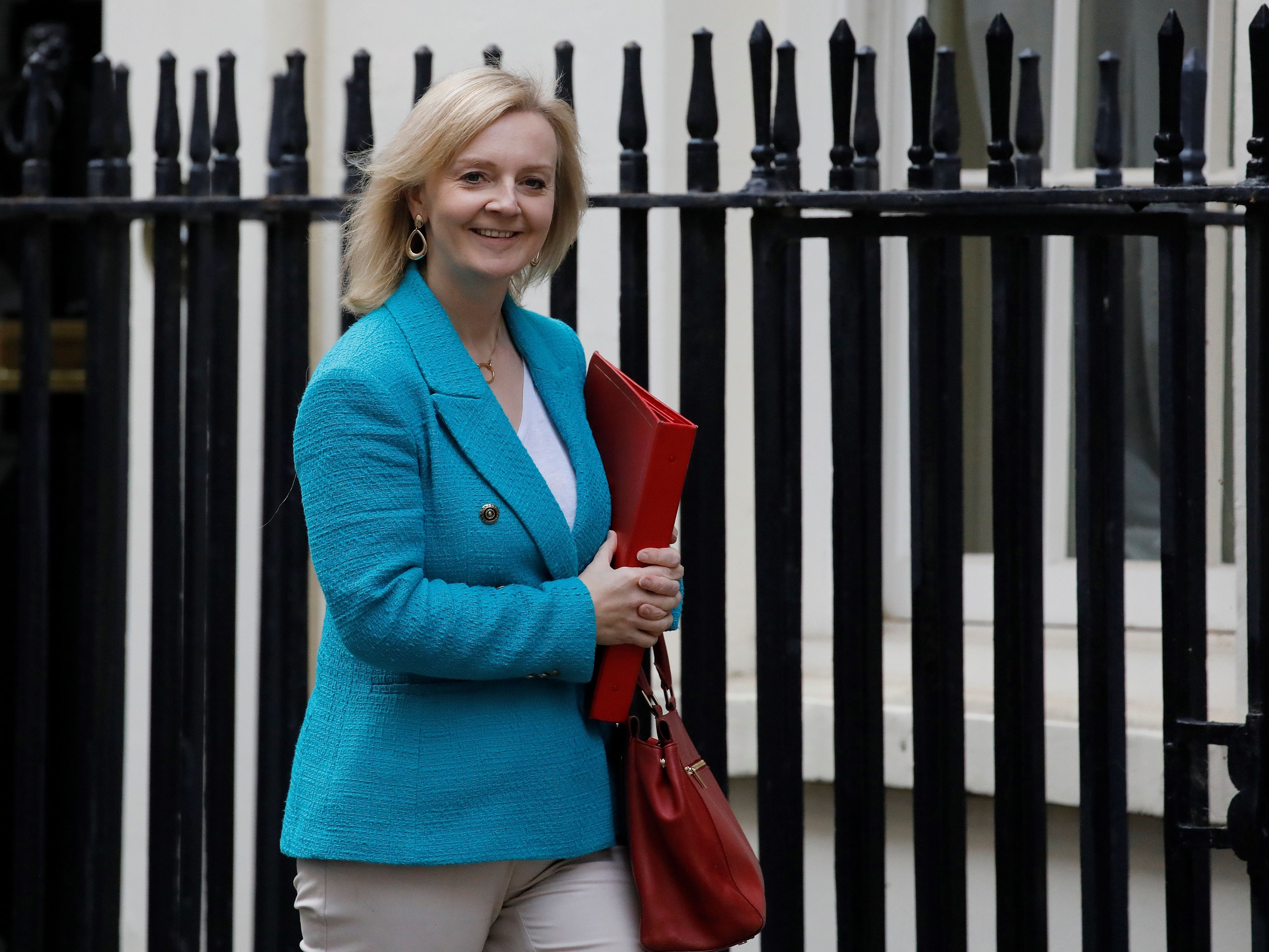Gender pay gap widens at women and equalities minister’s department
Disparity between number of men and women in top pay bracket at Department for International Trade doubles in a year

The gender pay gap has significantly widened at the government department run by women and equalities minister, Liz Truss.
Labour said the growing divide “raises serious questions” about the government’s commitment to equality and accused the Department for International Trade (DIT) of having “snuck out” the official figures on Tuesday.
Published without fanfare under the “transparency and freedom of information releases” section of the DIT website, the figures showed the department’s gender pay gap has widened every year since the first such report in 2017, when mean wage inequality stood at 3.6 per cent.
Under the leadership of Ms Truss – who took over in July 2019 – this rose to 6.5 per cent in 2020.
And the median wage gap soared from 2.7 per cent in 2017 to 15.9 per cent in 2020.
In monetary terms, the mean hourly difference in ordinary pay was £1.65 and the median hourly difference was £4.04, the report said, with men at the department paid an average of £25.30 an hour, compared with £23.65 for women.
A DIT spokeswoman said the department had hired more women than men over the past year but claimed the gap had widened due to the “overall distribution of women across (pay) grades”.
The report indeed showed the disparity between the number of men and women in the top pay bracket has doubled since 2019 – with the number of men in top roles rising by 11, compared to just three in the case of women to respective totals of 30 and 19.
Furthermore, while the gender wage gap was indeed widest in the top pay bracket (sitting at 4.7 per cent), the report also showed that men earned more than women across eight out of nine pay grades.
And in terms of bonuses, the mean gender bonus pay gap has also swung sharply from 14.4 per cent in favour of women in 2017 to 7.3 per cent in favour of men in 2020 – despite 59 per cent of women receiving a bonus compared to 55 per cent of men.
Overall, some 45.7 per cent of the DIT workforce eligible for inclusion in the report were female and 54.3 per cent were male. There were 236 more women and 213 more men on the payroll in 2020 eligible for inclusion.
“It raises serious questions about the government's commitment to closing the gender pay gap when the department run by the minister for women and equalities is so clearly going backwards when it comes to average pay and bonuses,” said shadow women and equalities secretary Marsha de Cordova.
“She also suspended gender pay gap reporting earlier this year and has yet to give any indication of when it will restart.”
The DIT spokesperson said: “DIT is committed to ensuring it is a leader in gender equality and we are actively working on evidence-based actions to ensure that all staff have the opportunity and ability to pursue their goals and achieve their potential whilst working for the department.
“Over the last year, DIT has hired more women than men, including into senior Civil Service roles, but the overall distribution of women across grades has contributed to widening our gender pay gap.”
Additional reporting by PA
Join our commenting forum
Join thought-provoking conversations, follow other Independent readers and see their replies
Comments


Bookmark popover
Removed from bookmarks